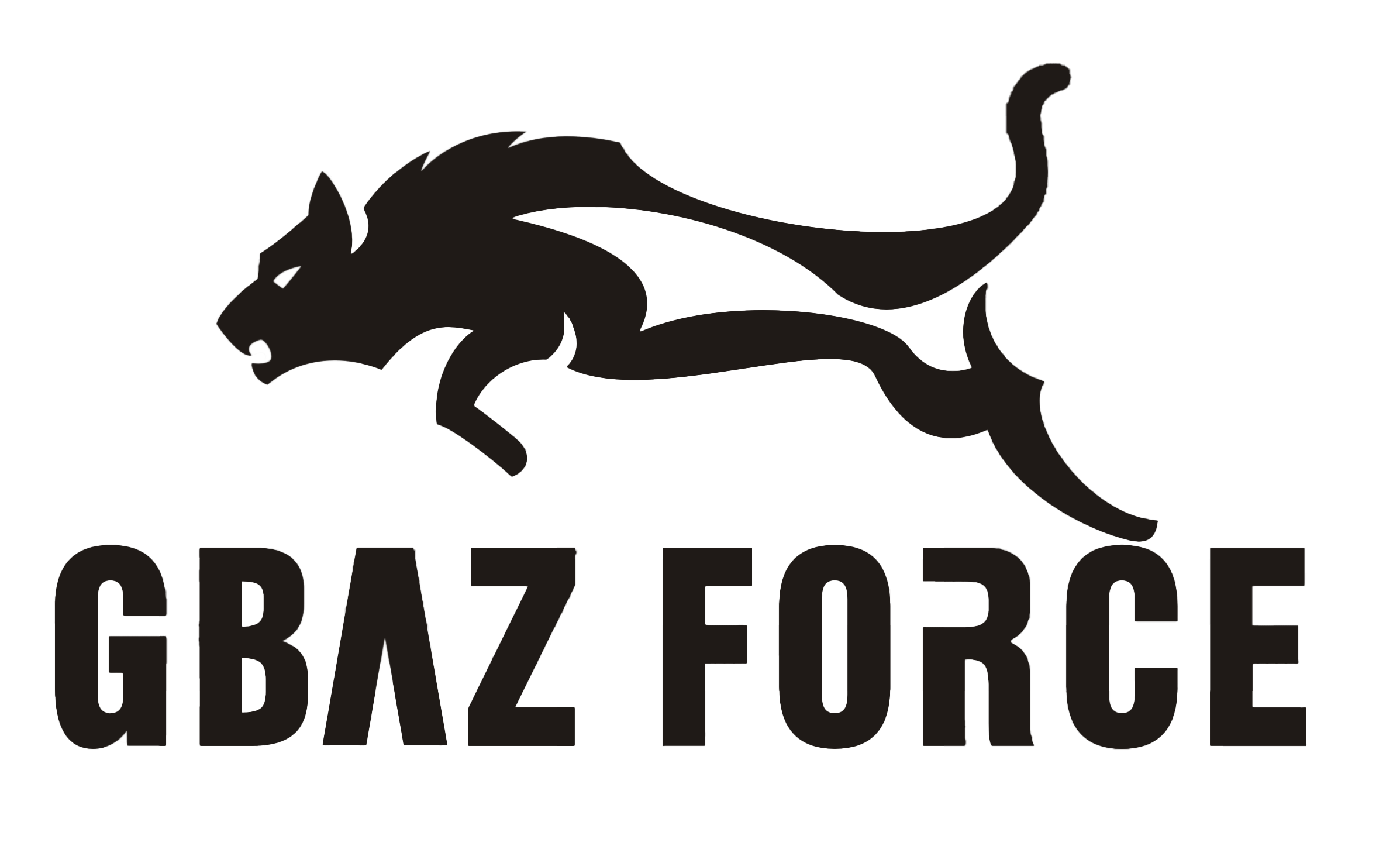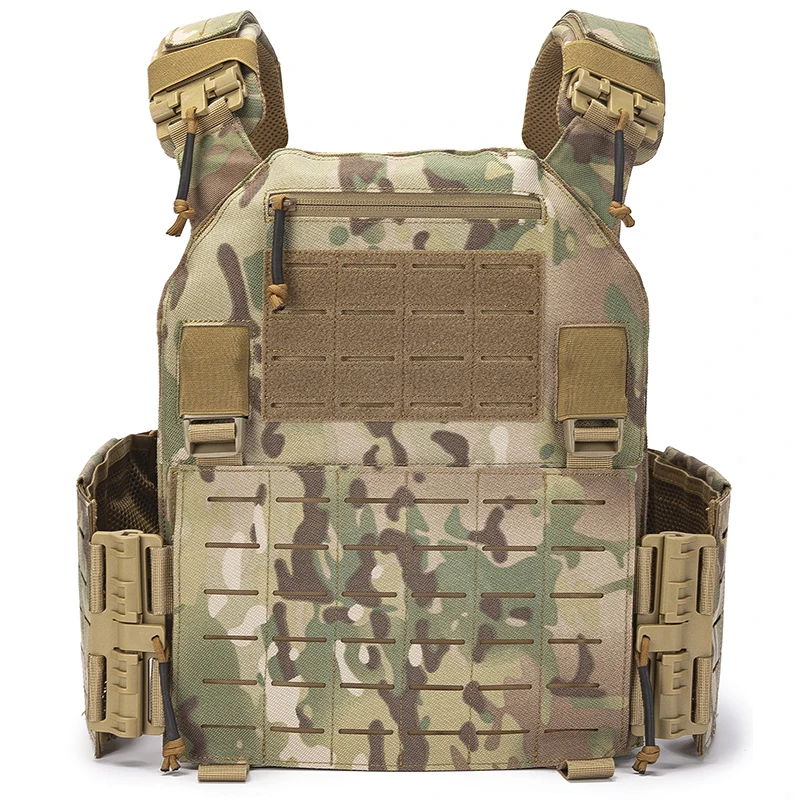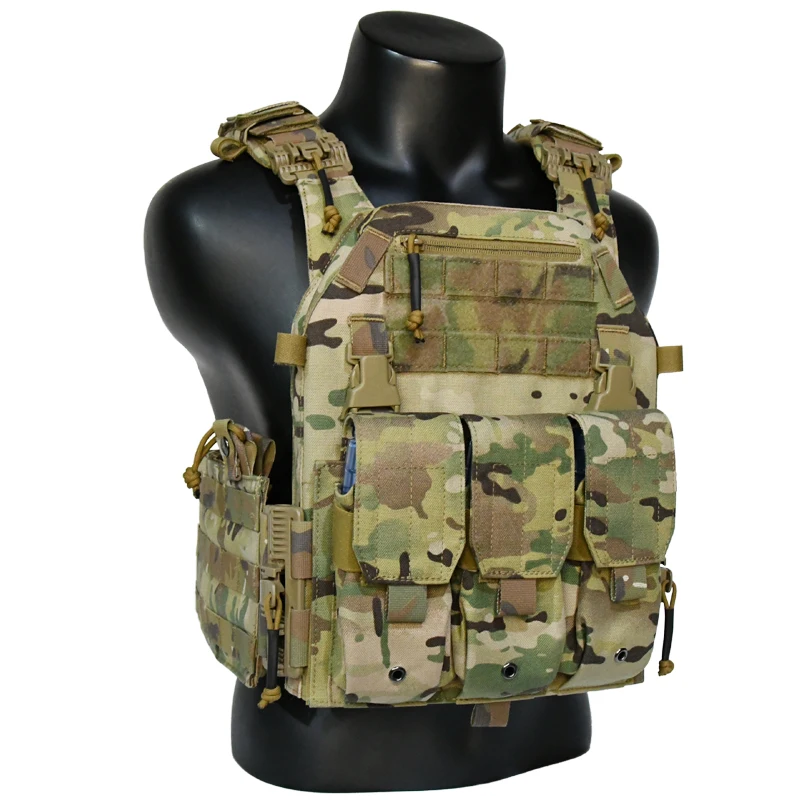Tactical Gear
PRODUCTS
Tactical Vest Ultimate Guide
Understanding Different Tactical Vest Types
The first critical aspect covered in our hypothetical “Tactical Vest Ultimate Guide” would be the sheer variety of tactical vests. This wouldn't just be a simple listing; it would delve deep into the nuances of each type. For example, the guide would clearly define the differences between a plate carrier, designed primarily for ballistic protection; a chest rig, ideal for carrying magazines and other essential gear; and a load-bearing vest, which offers a larger capacity for carrying heavier equipment over extended periods. The guide would include detailed illustrations and comparative tables to highlight the pros and cons of each design, enabling users to pinpoint the best fit for their specific needs.
Furthermore, the guide would address niche categories within each type, like the differences between different plate carrier designs (cummerbund vs. integrated plates), the various configurations of chest rigs (single-stack vs. double-stack), and specialized vests for specific tasks, such as those designed for concealed carry or those offering integrated hydration systems. This comprehensive approach would leave no stone unturned, guiding users through the labyrinth of options.
Material Selection and Durability
A thorough “Tactical Vest Ultimate Guide” wouldn’t overlook the importance of material selection. The guide would explore the properties of various fabrics, highlighting the strengths and weaknesses of each. This would include a detailed discussion of nylon, Cordura, and other popular materials, focusing on their abrasion resistance, tear strength, and water resistance. Understanding the differences between these materials is crucial for selecting a vest that can withstand the rigors of its intended use, whether that's a demanding military operation or a challenging outdoor expedition.
Beyond the fabric itself, the guide would examine the stitching, buckles, and other hardware components. The quality of these elements directly impacts the overall durability and longevity of the vest. The guide would provide advice on identifying high-quality construction and highlight potential red flags to watch out for when making a purchase, preventing users from buying cheaply made vests that could fail under pressure.
Sizing, Fit, and Customization
Achieving a proper fit is paramount for both comfort and functionality. Our hypothetical guide would devote significant space to addressing sizing and fit. It wouldn't just provide standard sizing charts; it would offer detailed advice on how to measure oneself correctly and how to interpret sizing information from different manufacturers. It would emphasize the importance of a comfortable and secure fit, highlighting how an ill-fitting vest can impair mobility and reduce effectiveness.
Furthermore, the guide would discuss customization options. Many tactical vests offer modularity, allowing users to adapt them to their specific needs by attaching pouches, holsters, and other accessories. The guide would explore the various attachment systems, such as MOLLE (Modular Lightweight Load-carrying Equipment), and advise on selecting compatible accessories to optimize functionality and organization.
Choosing the Right Vest for Your Needs
Ultimately, the most valuable aspect of a comprehensive guide is its ability to help users make informed decisions. The “Tactical Vest Ultimate Guide” would conclude by providing a decision-making framework to help users choose the best vest for their specific requirements. This would involve a series of questions designed to pinpoint the user’s needs, such as their primary use case (law enforcement, military, hunting, etc.), the level of protection required, the type of gear they need to carry, and their budget. By systematically working through these questions, users can arrive at the optimal choice, ensuring they invest in a vest that effectively meets their individual needs.
In essence, a truly ultimate guide wouldn't just present information; it would empower users to make informed choices, resulting in a purchase that enhances safety, functionality, and overall performance.
SUBSCRIBE
INQUIRY










